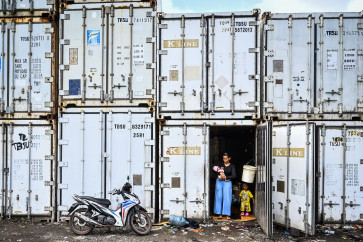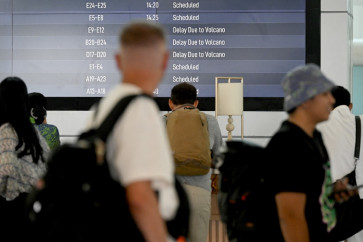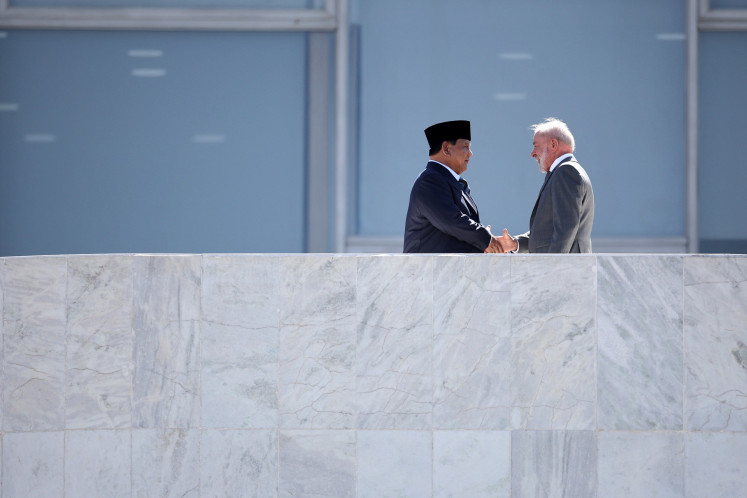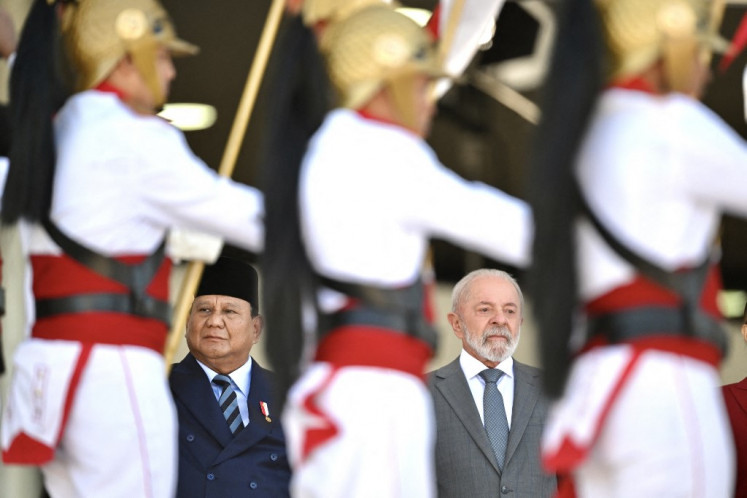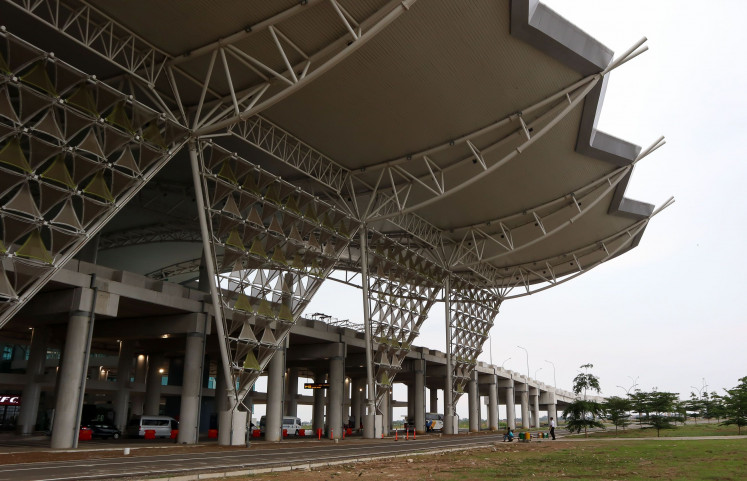Popular Reads
Top Results
Can't find what you're looking for?
View all search resultsPopular Reads
Top Results
Can't find what you're looking for?
View all search resultsMayday, Mayday; RI in pilot shortage, foreign pilots welcome
With limited training facilities and expensive pilot training, Indonesia has so far failed to overcome the severe shortage in domestic pilots to accommodate the rapid fleet expansion of local airlines in recent years
Change text size
Gift Premium Articles
to Anyone
W
ith limited training facilities and expensive pilot training, Indonesia has so far failed to overcome the severe shortage in domestic pilots to accommodate the rapid fleet expansion of local airlines in recent years.
The Transportation Ministry’s head of human resources development agency, Capt. Bobby Mamahit, urged airline operators to temporarily hire foreign pilots or halt their fleet expansions pending the availability of more local pilots.
“The airlines need to be realistic. It’s impossible for us to double the number of fresh-graduate pilots overnight,” said Bobby.
According to the ministry, the country needs up to 600 new pilots a year, more than three times the total number of pilots the country can produce from the state-run Curug Aviation School in Tangerang, Banten, and seven other smaller private aviation schools, some of which are affiliated with local airlines.
As of mid-2011, there were around 7,000 pilots working for domestic airlines 300 of whom were foreign nationals.
With the rapid increase in air passenger numbers over the past decade, Indonesia is currently home to around 50 airline operators.
With a lack of human resources, however, airlines have no option other than to extend the workload of existing pilots, which may increase the risk of air accidents.
The pilot recruitment processes seem slack as well, opening up wider possibilities for accidents.
According to the ministry’s airworthiness director, Diding Sunardi, the 28.5 percent jump in the number of aircraft accidents between January and Nov. 8 this year, as compared to last year, was the result of human error.
Bobby said a limited state budget had also made it hard for the government to build necessary facilities to produce more pilots.
“The government, for example, must provide around US$50,000 to subsidize every pilot candidate until they finish their 18-month education,” he said, adding that most of the money was spent on fuel and maintenance of training aircraft.
Surprisingly, the funding to develop human resources in the transportation sector, including pilots, will be cut to Rp 1.4 trillion ($155 million) next year from this year’s Rp. 1.6 trillion, according to Bobby.
Most of the country’s pilots graduate from Curug Aviation School which is currently the biggest pilot training facility producing around 120 pilots a year, with another seven aviation schools producing a combined 20 to 30 pilots annually.
Curug principal Maryati Karma, admitted that a tight budget had made it hard for the 59-year-old school to build supporting infrastructure, let alone expand training facilities.
“Our dormitory, for instance, is currently too crowded for our 1,500 students,” she said.
Apart from educating pilot candidates, the school also provides training for other aviation-related jobs, including air traffic control officials and aircraft technicians.
Transportation expert Alvin Lie urged the government to be more selective in issuing licenses for new airline operators until it could provide a sufficient number of human resources, including pilots, aircraft inspectors and air traffic control personnel to ensure safety.
Legislator Nusyirwan Soejono, deputy chairman of the House of Representatives’s transportation and infrastructure commission urged the government to immediately overhaul the human resources management to avoid the potential of more accidents.
“As aviation regulator, the government must ensure their aviation policies are all aimed at guaranteeing passenger safety,” he said.




